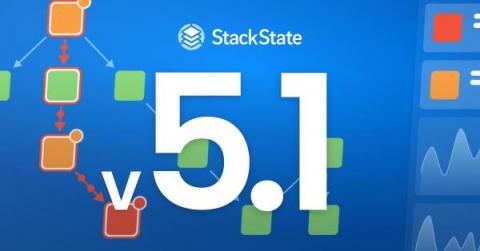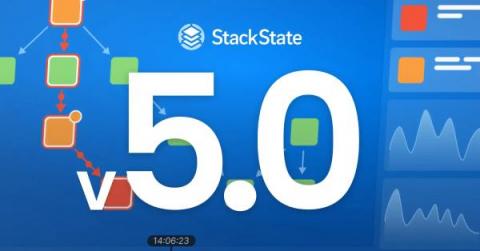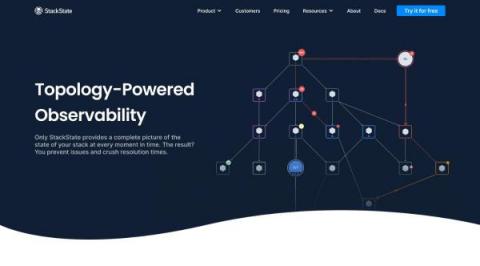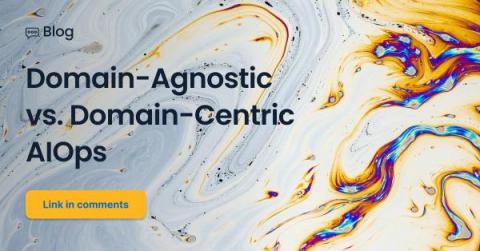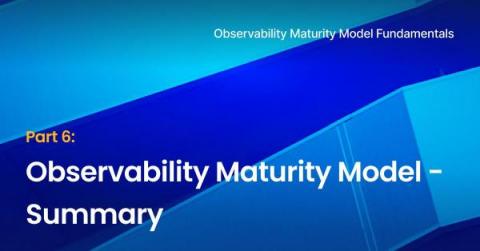StackState Named Market Leader by Research in Action
Earlier this year, StackState was named a Market Leader in the “2022 Research in Action (RIA) Vendor Selection Matrix (VSM) for Observability.” This is great recognition of the innovative path that we are on. We have focused on topology-powered observability, supported by our unique 4T® Data Model.




